
Normality
A Critical Genealogy
Recommendation
Have you wondered where the idea of the normal comes from? Consider these sources: Italians measuring criminals’ skulls, 19th-century French arguments about how medicine works and how much math should be involved, and statues depicting average Americans. They all helped shape what people see as normal. To show how “normal” has changed over time, transformed by rhetoric and contesting disciplines, Peter Cryle and Elizabeth Stephens explore the disciplines that shaped what’s normal and explain its implications. Anyone interested in cultural and social norms and in how people understand themselves will appreciate this book.
Summary
About the Authors
Peter Cryle is an emeritus professor at the University of Queensland’s Institute for Advanced Studies in the Humanities, where Elizabeth Stephens is an Australian Research Council Future Fellow.











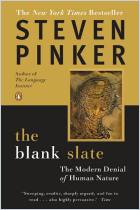
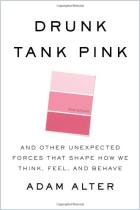
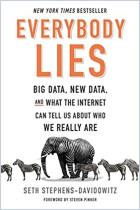
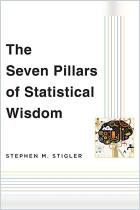
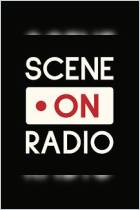


Comment on this summary or 开始讨论